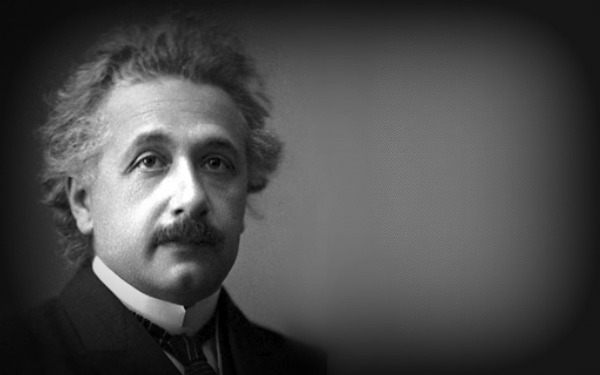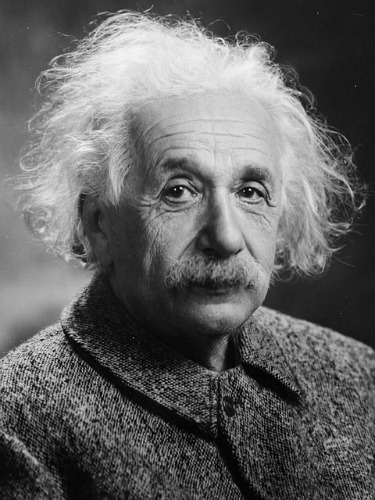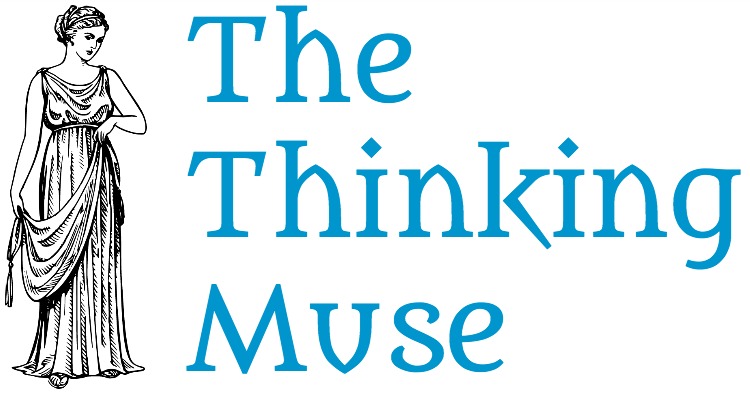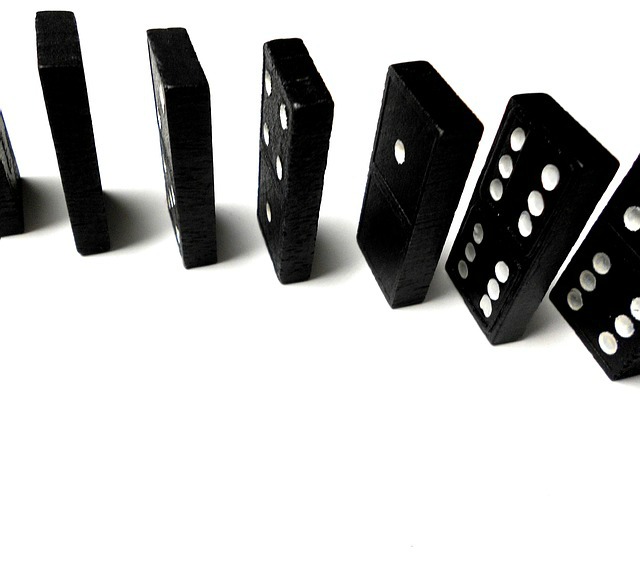Do you really know what E=mc² means?

This month is inspired by one of the greatest minds to ever exist, Einstein.
Thinking of Einstein, I imagine a crazy-haired genius leaning back with a pipe in hand surrounded by books and contemplating how the universe works. I can’t explain how cool I think that is. My true fangirl fascination. And for once in all of fandom, the obsession is warranted. What an amazing mind!
I believe when most people think of Einstein, their mind goes to his most well-known equation. Yes, you know the one…
Everyone can recite it, but do you understand it?
If not, or if you just want a refresher, that is what this article covers. So, let’s take a look at this famous equation and what it actually means.
(See Related: Do you wonder if there is life beyond Earth? Consider the Drake equation)
What does E=mc² mean?
In a nutshell, it means that energy and mass are interchangeable. They are the same thing, but in different forms.
Not only is mass equivalent to energy, it equals a lot of energy. If fully converted, the mass of a paper clip is equivalent to 18 kilotons of TNT. That is about the size of the Hiroshima bomb. However, humans are currently unable to fully convert mass to energy. That requires black holes, quantum theory, and a whole lot of science that is far beyond my comprehension.
The equation does manifest itself in everyday life. From x-rays to batteries, the release of energy reduces the mass of an object albeit on a very small scale. While this happens, it does not break the laws of energy or mass conservation because you have to consider to entire system for those laws (the heat loss, the environment, etc.).
As a side note, the version of the equation is a simplified version of a more complex equation. The equation discussed is only appropriate for a mass at rest. For a moving mass, the equation changes to include the variable of momentum (p). If you must know this equation, it is: E² = (pc)² + (mc²)².
The website E=mc² Explained has an mp3 audio file with Einstein himself explaining the equation. What a fantastic treasure! It is only 54 seconds and I recommend you listen to it so you can tell all your friends that you literally heard Einstein explain E=mc² to you. They have a transcript for you on the bottom of this page to help you follow along through the accent and recording noise.
What is E?
E stands for energy. There are 2 main types of energy: potential and kinetic. Potential is stored energy. Kinetic energy is in motion and can be broken into more types such as electrical, gravitational, etc. Energy is measured in the unit of joules (J).
An important scientist in the field of energy was Faraday who lived in the early 1800s. He was a bookbinder whose interest in science led to a job as a lab assistant. Despite jealousy and accusations of plagiarism from his employer, he was the first to demonstrate the relationship between electricity and magnetism. At that time, people believed that different forms of energy were all unrelated.
What about “=” ?
This symbol that is read as “equals” was developed by Welsh mathematician Robert Recorde. This sign has so many applications even the of youngest students understand and use it.
Recorde suggested using 2 parallel lines to display when 2 things were equivalent. This was because no 2 things could be more equal, in his words. There were other conventions in contention for this symbol, but eventually our 2 short horizontal parallel lines won out.
What is m?
m represents mass. Technically, mass is defined as a measure of a body’s inertia. To the layman for everyday use, it can be considered the total amount of matter in an object. It is measured in kilograms (kg). This is not to be confused with weight which is the force gravity puts on an object.
The concept of mass was developed by French tax collector Lavoisier, whose hobby was science. After conducting experiments, he found that everything in our universe was made up of stuff that couldn’t be destroyed, it only combines or recombines to different forms.
Lavoisier was tried, falsely convicted of being a traitor, and guillotined in a single day by a judge that stated that “the Republic has no need of geniuses.” Well, France certainly had no genius in that judge!
What is c²?
c represents the speed of light. The c comes from the latin word celeritas which means speed or swift. c is approximately 90 billion kilometers2 per second2.
In the equation, the value of c is “squared” or has the superscript 2 (above the line). That simply means c is multiplied by itself. It can also be represented as c x c or c • c or cc. It is all the same thing.
Smarty-pants note: You may see the equation written E=mc2. That is incorrect because that implies m times c times 2. If they can’t, for whatever reason, write the 2 in superscript then they should write the equation E=mcc.
Galileo Galilei was the scientist who first conceived of measuring the speed of light. It was often assumed that the speed of light was infinite, as in you would see it instantaneously when it was emitted. Danish astronomer named Ole Roemer was the first to actually measure it in the 17th century, although people didn’t believe him even though they saw the results of his experiment themselves.
Simple, not easy
It is a true sign of genius to be able to boil a complex concept down to something simple and elegant. It is beautiful and a gift to humanity.
Exposure to things like this can ignite passion in kids, our future scientists and engineers. There is so much talk about getting kids interested in STEM. But frankly, the word engineering is confusing to most adults. How are kids supposed to know what it is, let alone decide to devote their career to it, if they don’t understand or care about it?
They need to be able to relate to it in order to have passion about it. That is why simple equations like this are a great start.
I find it interesting that so many important scientific discoveries were made by hobbiest or part-time scientists. Also, so many of them suffered terribly or died because of their scientific work and beliefs. Ugh!
If you love science geekery like I do, perhaps you will be interested in my article: Angular momentum: 10 times it’s constantly around us
If you like what you read, drop me a note and let me know or share it with a friend. Until the next time, keep contemplating about the wonders of our universe.
Resources
Ancestors of E = mc2 from Nova
E=mc2 from the American Museum of Natural History
E = mc2 Explained from Nova
The Legacy of E = mc2 from Nova
What is the significance of E = mc2? And what does it mean? from Scientific American





